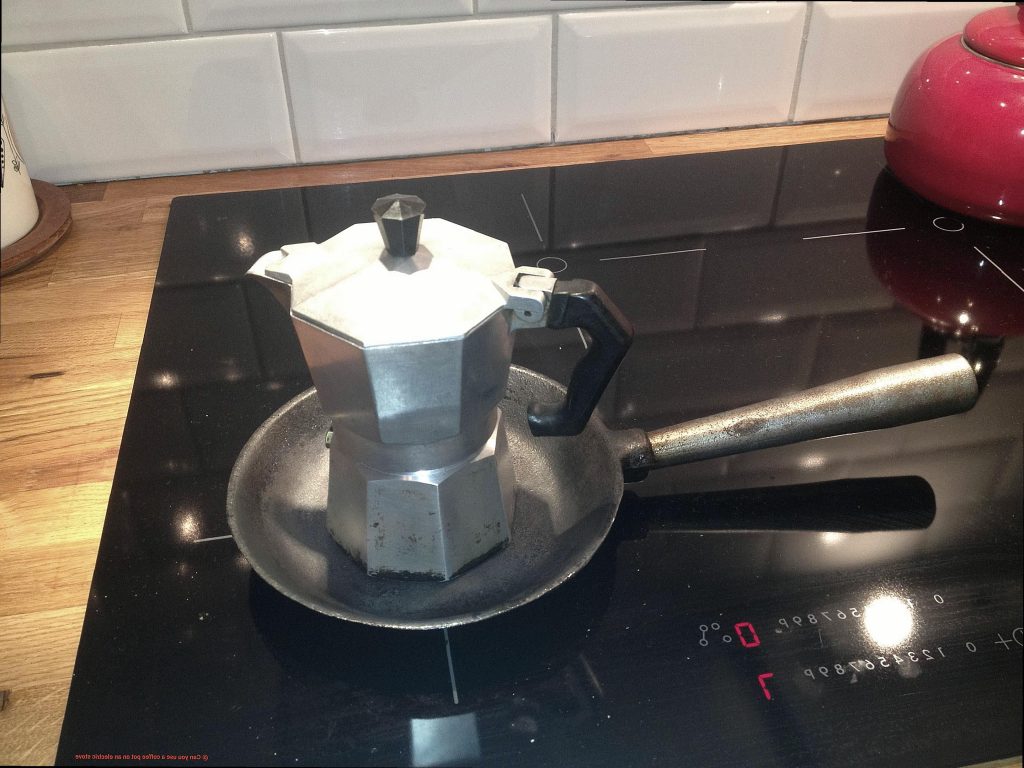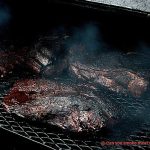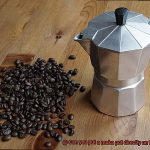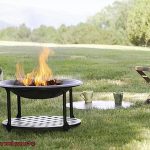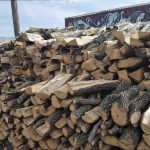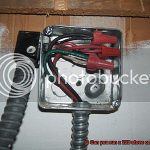For many of us, coffee is the elixir that gets us through the day. But what happens when you have an electric stove and a traditional coffee pot? Can you use them together without any problems? Well, the answer isn’t as straightforward as you might think.
If you’re someone who loves their coffee and wants to make sure they can brew it safely on an electric stove, then this post is for you. We’ll give you all the information you need to know about using a coffee pot on an electric stove.
First things first, let’s talk safety. The heat intensity of an electric stove can be too much for some traditional coffee pots, causing them to melt or damage. That’s why it’s crucial to have the right type of coffee pot for your electric stove. Don’t worry; we’ll guide you on what kind of pot is suitable so that you can enjoy your morning cuppa without any mishaps.
Using a coffee pot on an electric stove can be incredibly convenient if done correctly. So if you’re curious about how to do it safely and want some tips to make it happen without damaging your appliance, keep reading. Through this post, we aim to answer all your questions and give you some valuable insights on using a coffee pot on an electric stove.
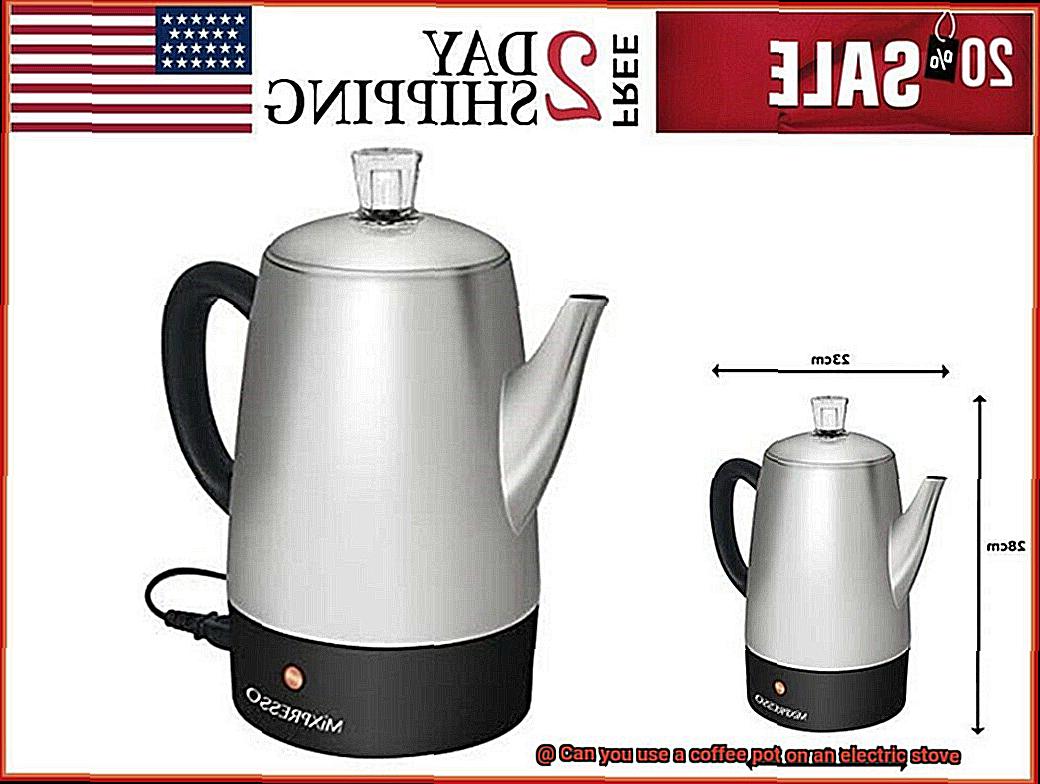
Contents
Types of Electric Stoves
Electric stoves are a popular choice for home kitchens, and there are several types available in the market. When it comes to using a coffee pot on an electric stove, it’s essential to understand the different types of stoves and their features to ensure that your brewing experience is safe and effective. Here are five sub-sections explaining the different types of electric stoves and their unique features for using a coffee pot.
Coil-top Electric Stoves: Traditional and Affordable
One of the most traditional types of electric stoves is the coil-top stove. These stoves have heating elements shaped like coils that glow red when heated up. They are known for their durability and affordability, but they can be slightly challenging to clean since food particles tend to get stuck in the coils. When using a coffee pot on a coil-top stove, you need to ensure that the pot fits on the coils properly and is stable enough not to tip over.
Smooth-top Electric Stoves: Sleek and Easy to Clean
Smooth-top electric stoves have a flat glass surface with heating elements located beneath it. They look modern and sleek and are easier to clean than coil-top stoves. However, they tend to be more expensive and may not be as durable as coil-top stoves. When using a coffee pot on a smooth-top stove, you need to ensure that the bottom of the pot is flat to prevent hot spots and ensure proper heat distribution.
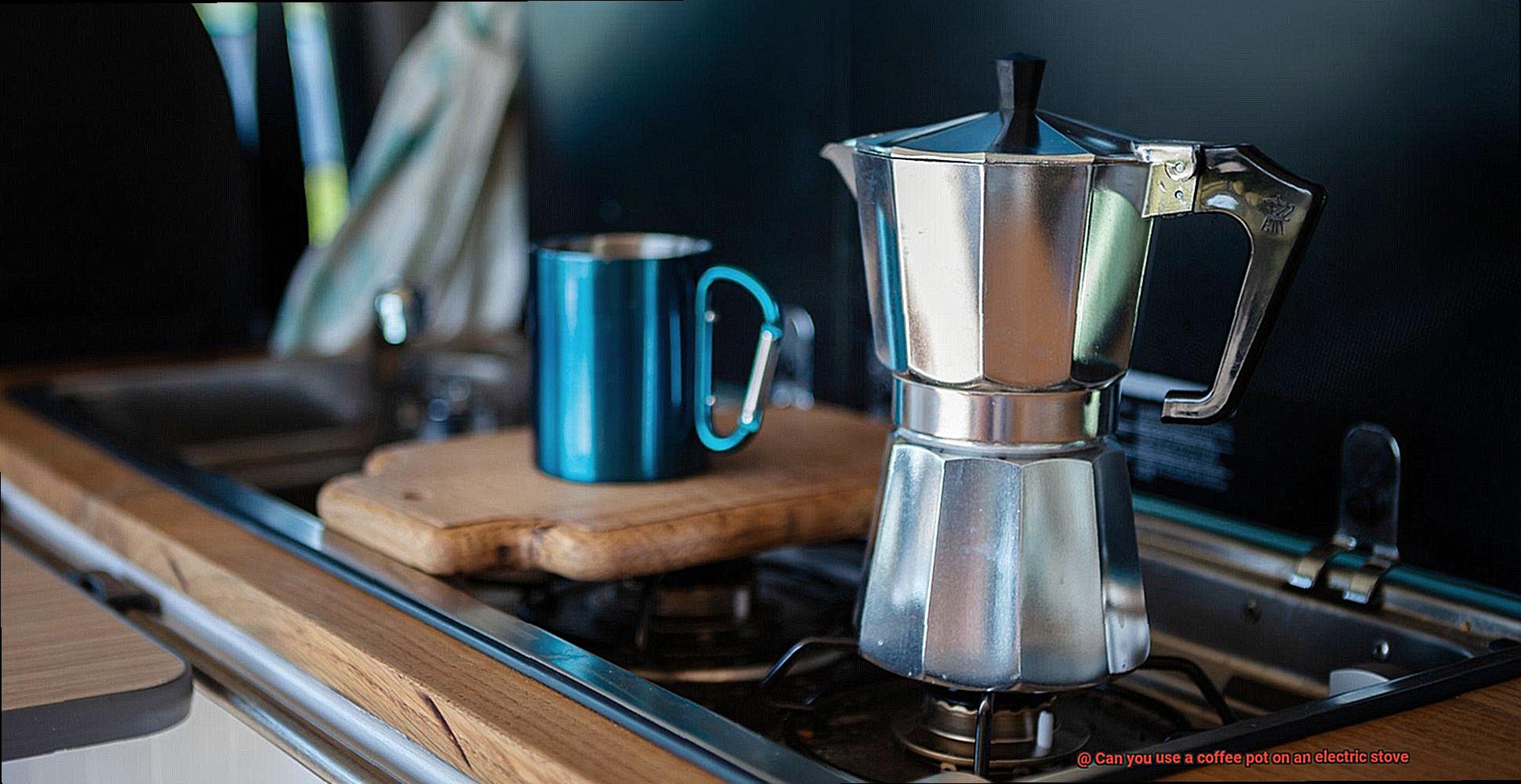
Induction Cooktops: Efficient and Precise
Induction cooktops are the newest type of electric stove, using electromagnetic energy to heat up the cookware directly instead of heating up the surface beneath it. Induction cooktops are highly efficient, safe, and easy to clean. However, they are more expensive than coil-top and smooth-top stoves and require special cookware that is compatible with induction cooking. If you have an induction cooktop, you need to use a coffee pot made of magnetic material, such as cast iron or magnetic stainless steel, to make it work on an induction stove.
Coffee Pots: Check for Compatibility
When using a coffee pot on an electric stove, it’s essential to consider the compatibility of the pot with the stove type. Some coffee pots are designed explicitly for stovetop use, while others are meant for brewing using other methods such as drip or French press. If you have a stovetop coffee pot, it’s essential to check its compatibility with your electric stove before use. For example, if you have a smooth-top or induction cooktop, you need to use a coffee pot with a flat bottom to ensure even heating.
Safety First
When using an electric stove and a coffee pot, safety should always be the top priority. Always ensure that the coffee pot is stable and not at risk of tipping over, especially when using a coil-top stove. Additionally, always check that the coffee pot is compatible with your electric stove before use and follow any manufacturer’s instructions concerning safe use.
Pros and Cons of Using a Coffee Pot on an Electric Stove
There’s nothing quite like the aroma of a freshly brewed pot of coffee in the morning. But when it comes to making that perfect cup, what’s the best method? Should you invest in an electric coffee maker or stick with a classic coffee pot on an electric stove? As an expert on this topic, I’m here to break down the pros and cons of using a coffee pot on an electric stove.
Let’s start with the pros. One of the biggest advantages of using a coffee pot on an electric stove is its convenience. You don’t need any special equipment, and most households already have an electric stove. Plus, with an electric stove, you have greater control over the heat than with other types of stoves like gas stoves, allowing you to adjust the temperature for that perfect brew every time. And let’s not forget about cost-effectiveness – using a coffee pot on an electric stove doesn’t require any additional equipment or electricity consumption.
However, there are some cons to consider as well. One potential issue is that brewing coffee on an electric stove can take longer than using an electric coffee maker. Electric stoves take some time to heat up, which can extend the brewing time and slow down your morning routine. Additionally, coffee pots are typically smaller than electric coffee makers and can only brew a limited amount of coffee at one time. And finally, if left unattended for too long, there is a risk of overheating the coffee pot on the electric stove, leading to burnt coffee and even a fire hazard.
Compatibility Considerations for Coffee Pots on Electric Stoves
If you’re a coffee aficionado who loves brewing your morning cup on an electric stove, compatibility is the name of the game. Not all coffee pots are created equal, and using an incompatible pot can result in damage to both the pot and the stove, not to mention pose a safety risk. Here are some important considerations to ensure compatibility:
Material Matters: Electric stoves require a flat, even surface to transfer heat effectively. Coffee pots made of materials that are poor conductors of heat, such as glass or ceramic, may not make sufficient contact with the stove and will not heat up properly. It’s best to opt for pots made of materials that can withstand high temperatures and are good conductors of heat like stainless steel or aluminum.
Size and Shape: The size and shape of your coffee pot matter too. Electric stoves typically have circular burners, so it’s best to choose coffee pots with flat bottoms and round bases. Coffee pots with irregular shapes or bases that are too small or large may not make sufficient contact with the burner and will not heat up properly. Additionally, coffee pots that are too tall or wide may be unstable on the burner and pose a tipping risk.
Type of Stove: Some electric stoves have burners that are specifically designed for use with certain types of cookware, such as those made of cast iron or aluminum. Coffee pots made of these materials may be more compatible with these types of burners than those made of other materials.
Different Types of Coffee Pots
If you’re an avid coffee drinker that prefers making coffee on an electric stove, choosing the right coffee pot is essential. With so many types available in the market, it can be challenging to decide which one to use. In this article, we will discuss the different types of coffee pots and their unique features.
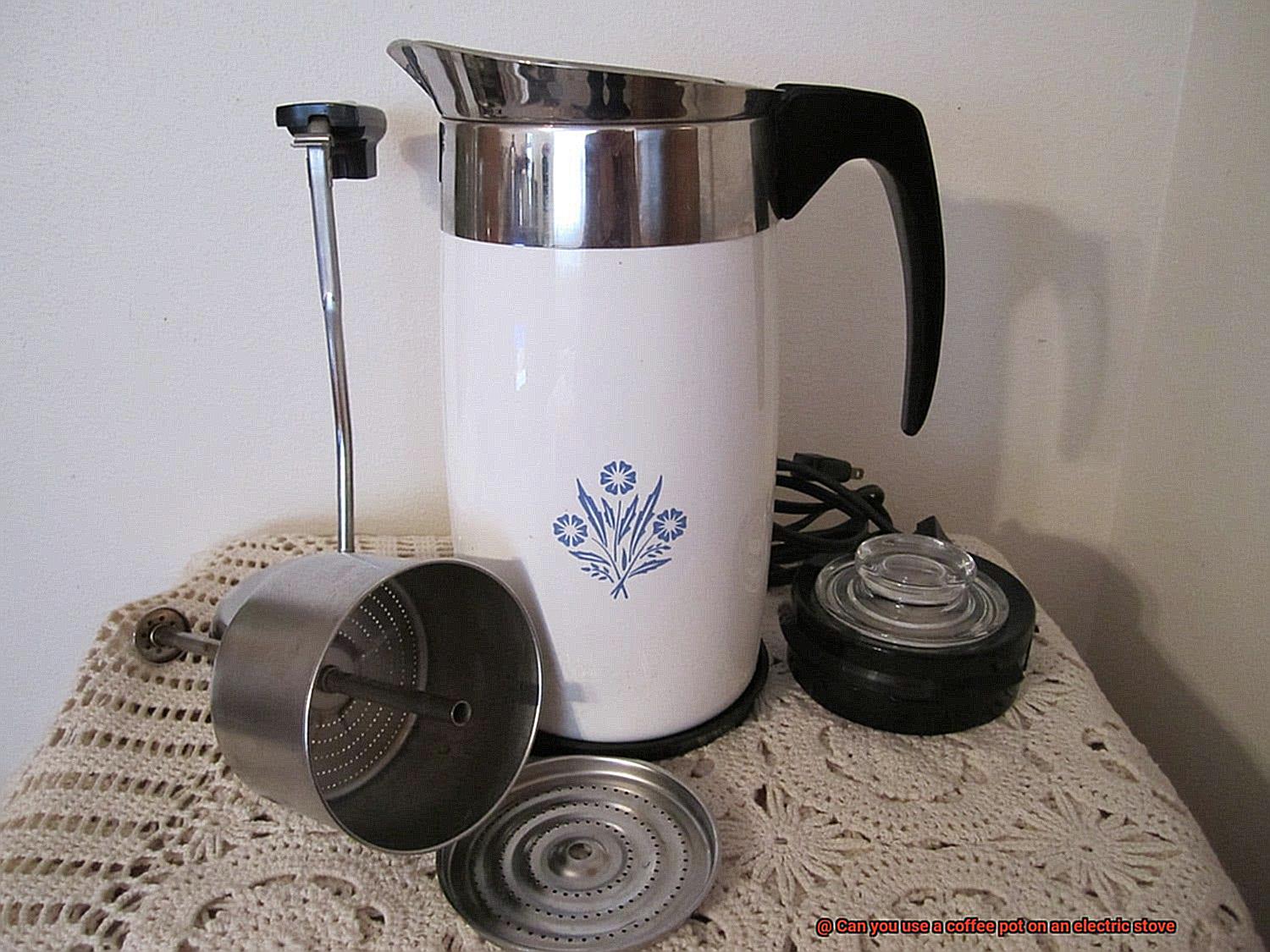
Firstly, drip coffee makers are the most common and widely used coffee pots. They typically consist of a water reservoir, a heating element, and a basket for holding coffee grounds. Drip coffee makers work by heating water in the reservoir, then dripping it over the coffee grounds through a filter. They come in various sizes and brewing capacities to suit different needs, making them easy to use and produce consistent results.
For those who prefer strong, full-bodied coffee with a rich flavor, a French press might be the perfect choice. French presses are manual coffee makers that use coarse grounds immersed in hot water. The water and coffee mixture is then pressed through a filter, separating the liquid from the grounds. French presses are popular for their simplicity and robust flavor extraction, making them great for camping or traveling.
Moka pots are another option for those who enjoy espresso-style coffee. These Italian-style stovetop espresso makers brew strong, concentrated coffee by forcing steam through finely ground beans. They have a bottom chamber for water and a top chamber for brewing the coffee. Moka pots produce coffee that is similar to espresso without requiring expensive equipment.
Percolators are another type of coffee pot that produces very hot coffee with a slightly bitter taste. They work by circulating boiling water through the coffee grounds repeatedly until the desired strength is achieved. Percolators come in two types
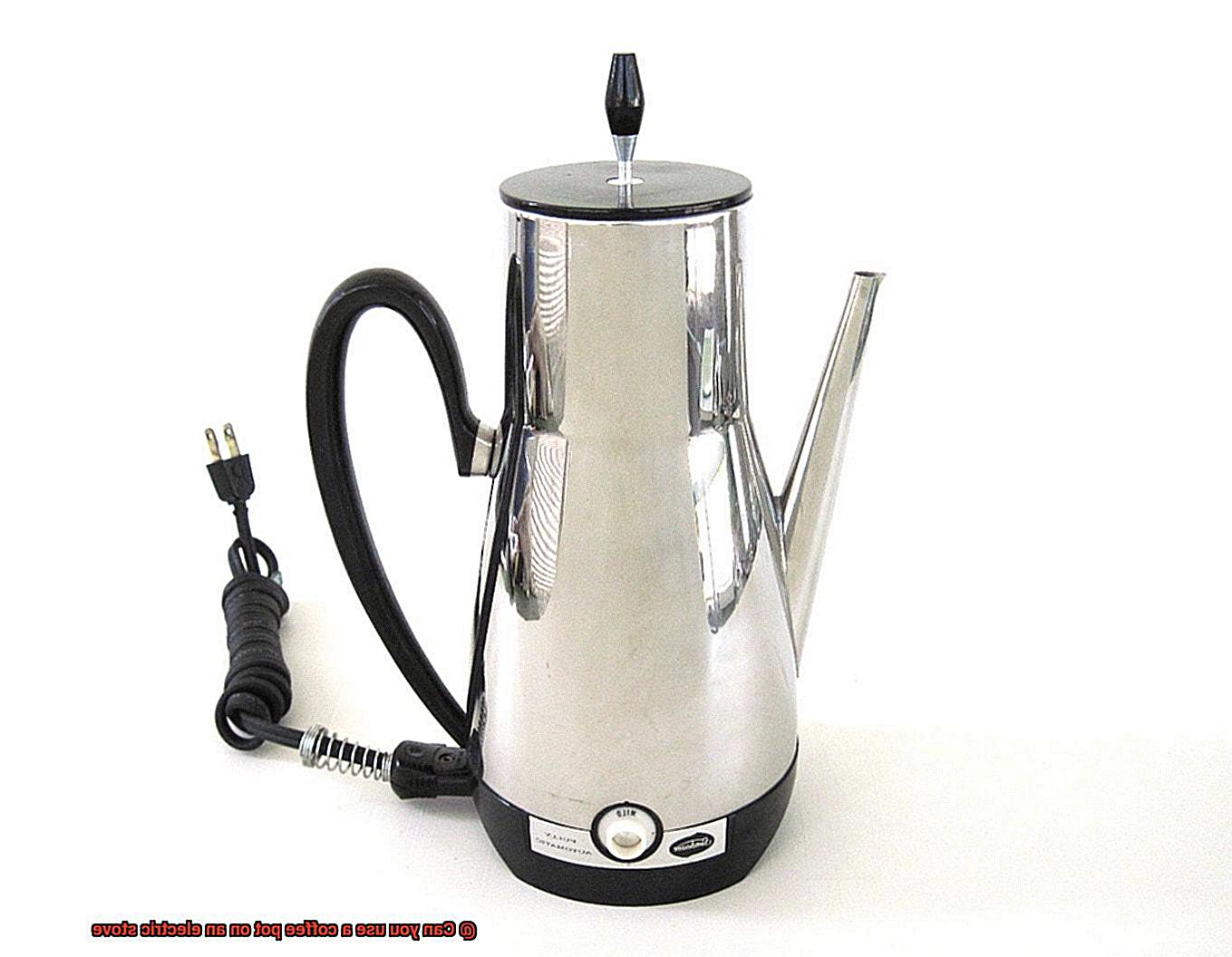
stovetop percolators that are placed on an electric stove or campfire and electric percolators that plug into an outlet.
Lastly, espresso machines are designed specifically for making espresso but can also make regular coffee. These machines use high pressure to force hot water through finely ground coffee beans, resulting in a strong, concentrated shot of espresso. Espresso machines can be expensive, but they produce coffee that is second to none.
Safety Tips for Using a Coffee Pot on an Electric Stove
When it comes to using a coffee pot on an electric stove, safety should be your top priority. To ensure that you can use your coffee pot safely and without any accidents, here are five safety tips to keep in mind:
Choose a heat-resistant coffee pot
A coffee pot made of tempered glass or stainless steel is the best option to withstand high temperatures. The material will prevent the pot from cracking or breaking due to exposure to heat. Make sure that the handle of the pot is also heat-resistant, so that you can safely and comfortably grip it.
Never leave the coffee pot unattended
It’s important to keep an eye on your coffee pot at all times while it’s heating up on the stove. Coffee pots can boil over or even catch fire if left unattended for too long, which can cause serious accidents. So make sure to stay close by while the coffee is brewing.
Place the coffee pot correctly
The bottom of the coffee pot should be flat and level so that it sits evenly on the heating element of the stove. If it’s tilted or wobbly, it can easily spill over or even fall off of the stove, causing burns and other accidents.
Handle the coffee pot with care
Once your coffee is brewed, be careful when handling the pot. The handle and spout of the coffee pot may become very hot during use, so use oven mitts or other protective gear to protect your hands while handling the pot.
Unplug the electric stove
When you’re finished using your electric stove, make sure to unplug it. This will prevent any accidents from occurring due to accidental contact with the heating element.
Benefits of Brewing with an Electric Stove
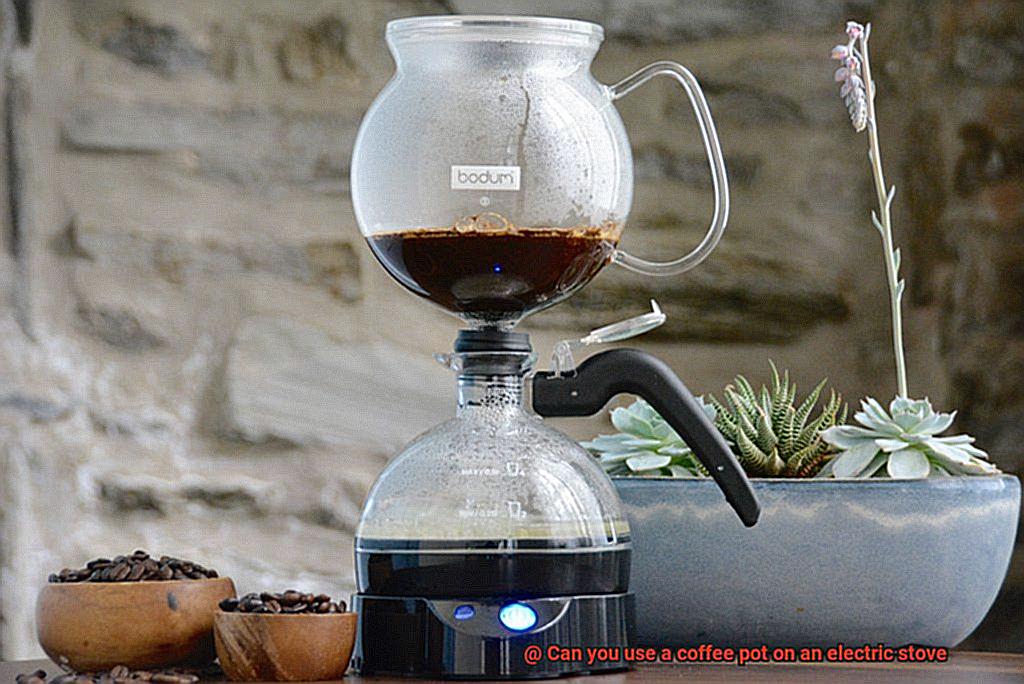
Look no further than your trusty electric stove. As an expert in the field, I can confidently say that brewing coffee with an electric stove has numerous benefits that will elevate your coffee game.
Consistent Heat Distribution
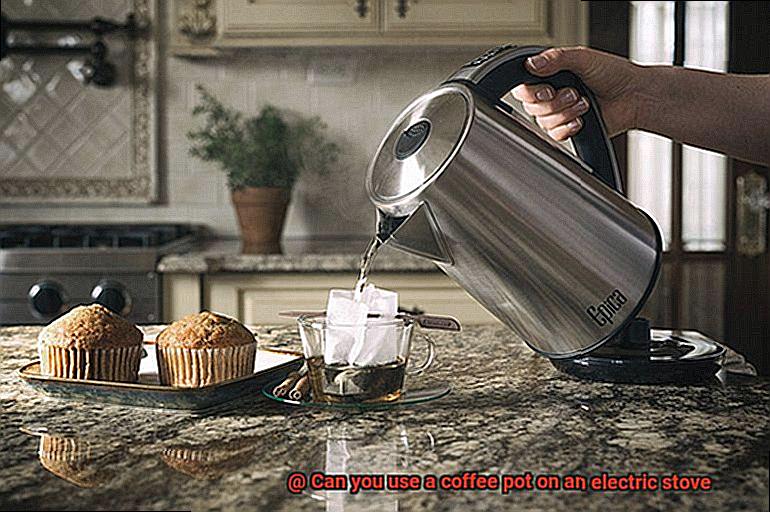
One of the key benefits of brewing coffee with an electric stove is consistent heat distribution. Unlike gas stoves, electric stoves distribute heat evenly, ensuring that your coffee grounds are heated uniformly, resulting in a better extraction of flavor. This means you get a more delicious and satisfying cup of coffee every time.
Convenience
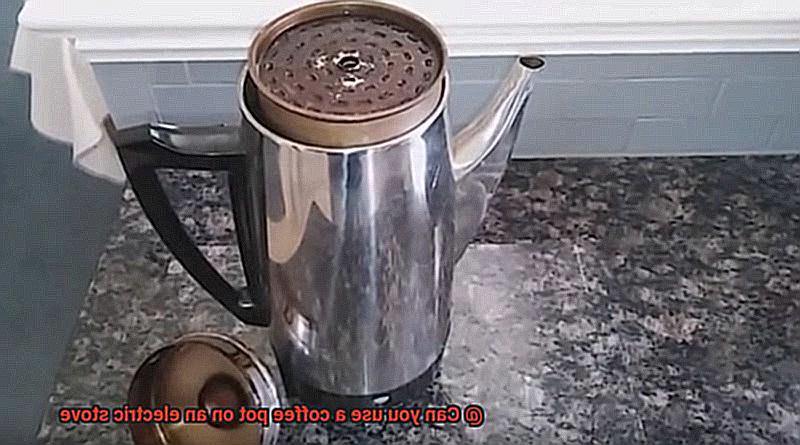
Using an electric stove is incredibly convenient, especially for those who don’t have access to other brewing methods. Electric stoves are widely available in most households, making them one of the most accessible methods for brewing coffee. They require minimal setup and are easy to use, making them ideal for those who need a quick caffeine fix.
Energy Efficiency
Another advantage of brewing coffee with an electric stove is that it is energy-efficient. Electric stoves use electricity to generate heat, resulting in less energy consumption. This means that brewing coffee with an electric stove is not only cost-effective but also environmentally friendly.
Safety
Lastly, electric stoves are safer than gas stoves, especially when it comes to brewing coffee. Electric stoves have no open flames or combustible gases, reducing the risk of accidents or fires. This makes them ideal for use in households with children or pets.
Common Problems When Brewing with an Electric Stove
The first problem is uneven heating. Electric stovetops have a notorious reputation for not distributing heat evenly, which can result in coffee that is either burnt or under-extracted. To combat this, consider using a thick-bottomed pot or a cast-iron skillet to help distribute the heat more evenly. Regularly stirring your coffee during the brewing process can also ensure that it’s brewing evenly.
Another issue is the inability to control temperature accurately. Unlike gas stovetops, which allow for precise temperature control, electric stovetops typically have only a few settings. This can make it challenging to find the ideal temperature for brewing coffee. One workaround is to use a thermometer to monitor the water’s temperature and adjust the heat as needed.
Electric stovetops can also take longer to heat up and cool down than gas stovetops. This means that it may take longer for your coffee to start brewing and for the pot to cool down once you’re finished brewing. To speed up the process, try preheating your pot or using hot water from the tap to reduce the heating time.
Finally, electric stovetops can be sensitive to changes in altitude or humidity. If you live in an area with high altitude or humidity levels, you may need to adjust your brewing process accordingly to achieve the best results. This could mean using more or less coffee, adjusting the brewing time, or experimenting with different methods until you find what works best for you.
Despite these challenges, brewing on an electric stove can still yield a delicious cup of coffee with patience and practice. Here are some tips and tricks to help you overcome these common problems:
- Use a thick-bottomed pot or cast-iron skillet to distribute heat evenly.
- Regularly stir your coffee while brewing.
- Use a thermometer to monitor the water temperature and adjust the heat as needed.
- Preheat your pot or use hot water from the tap to reduce heating time.
- Adjust your brewing process for changes in altitude or humidity.
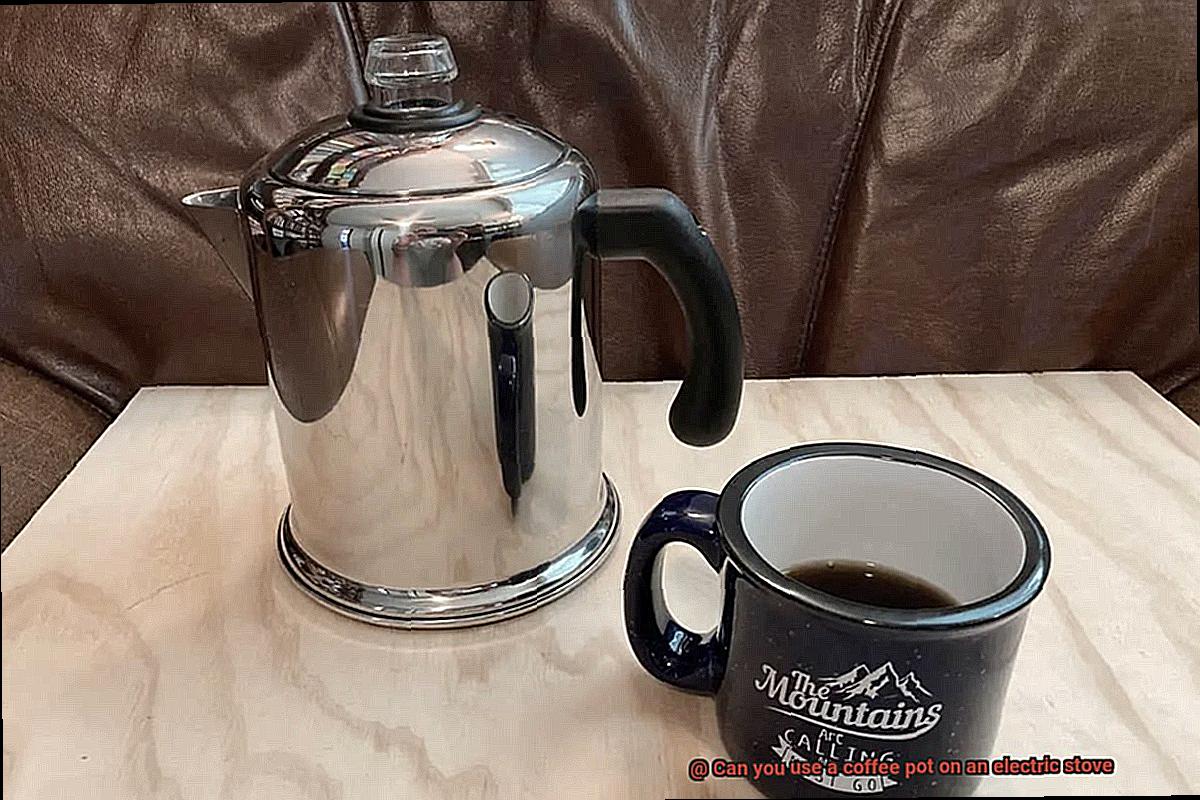
zi_cXGkTA78″ >
Conclusion
In summary, using a coffee pot on an electric stove can be a great way to save money and time while still enjoying your favorite cup of joe. However, it’s crucial to prioritize safety when selecting a coffee pot for your electric stove. Take into account the type of stove you have and choose a heat-resistant and compatible pot to prevent any accidents.
With various types of coffee pots available in the market, including drip coffee makers, French presses, Moka pots, percolators, and espresso machines, there’s something for every coffee lover out there. Each option comes with unique features and benefits depending on your preference.
While electric stoves offer consistent heat distribution, convenience, energy efficiency, and safety compared to gas stoves when brewing coffee, they do come with their challenges. These include uneven heating, difficulty controlling temperature accurately, longer heating and cooling times than gas stoves, and sensitivity to changes in altitude or humidity.
To overcome these obstacles when brewing on an electric stove for the perfect cup of coffee every time requires patience and practice. Use thick-bottomed pots or cast-iron skillets for even heat distribution; stir regularly while brewing; use a thermometer to monitor water temperature; preheat your pot or use hot water from the tap to reduce heating time; adjust your brewing process for changes in altitude or humidity.
By following these tips and tricks for using a coffee pot on an electric stove safely and effectively while overcoming common problems that may arise during brewing will help you enjoy your morning cuppa without any mishaps.

